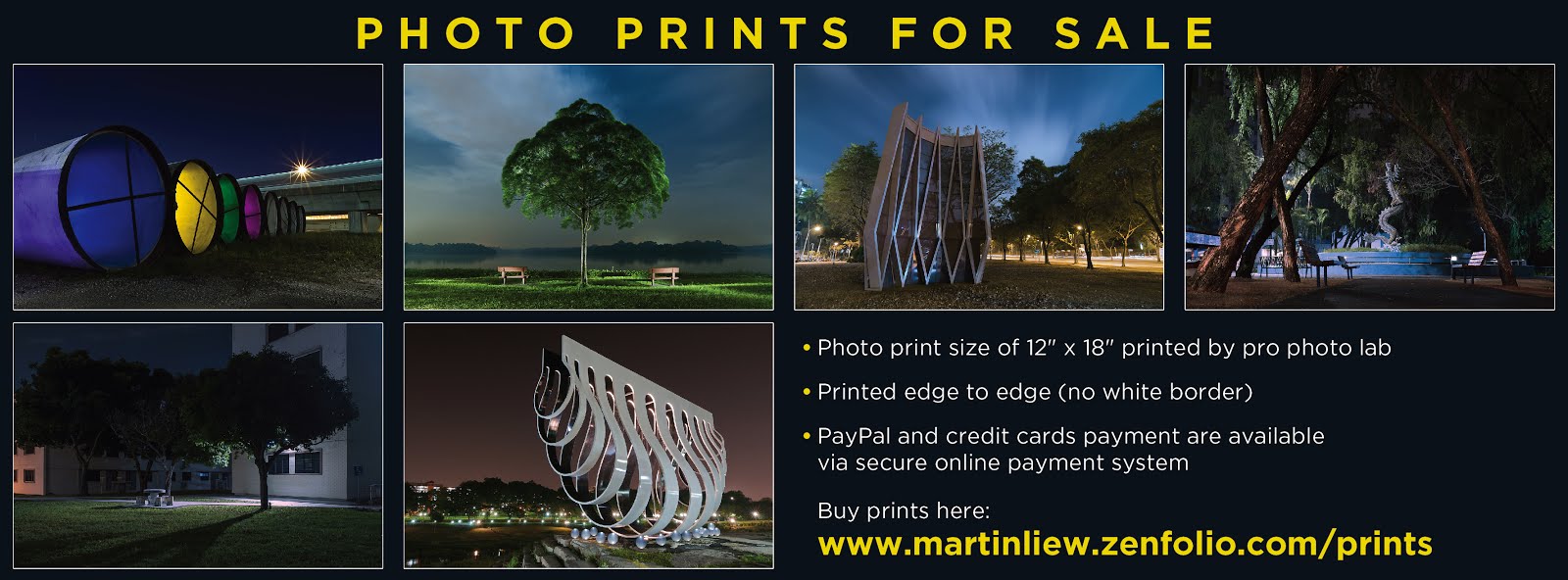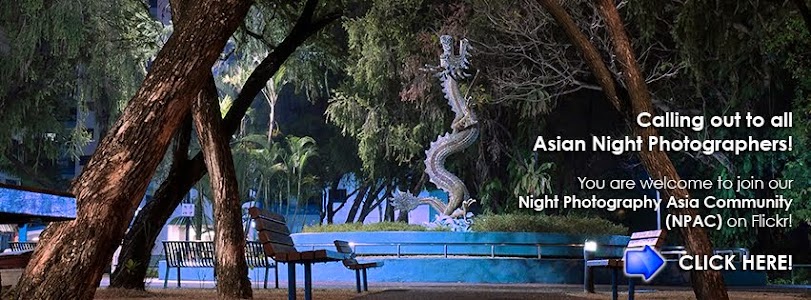Trishaw & Signboard
© 2006 Martin Liew Photography
It was late September 2006 when I spotted this trishaw parked in a nearby neighborhood void deck against a wall signboard with a ceiling light which is on the far top right just out of the frame. As the above photograph doesn't show night sky and street lights, it can pass on as being made in day time indoor environment. Somehow the trishaw and ambiance grabbed my attention and I was compelled to make this photograph of what once was the essential mode of public transportation in the last century.
The first trishaws were officially registered in Singapore in 1914 although they were advertised in the papers as early as 1886 in the form of the Upton Park tricycle. These early trishaws were essentially modified rickshaws attached to a bicycle and as such was known as ‘pedal rickshaws’ or ‘pedicabs’ when they were first introduced. It was not until the 1920s that trishaws became more widespread on the island when a new wave of Chinese immigrants turned to trishaw peddling as an occupation.
It started to suffer a decline in popularity from the mid-1950s onwards. The rapid modernization of Singapore after independence in 1965 hastened the decline. By the late 1970s, trishaw riders were regarded as a dying breed with most of them primarily involved in the tourism trade. Today trishaws have become part of Singapore’s cultural heritage. As trishaws are no longer a common means of travel for locals, the passengers that trishaw riders now ferry are predominantly tourists who employ their services as a means of experiencing the Singapore of yesteryear. As such, most trishaws are now found operating in tourist areas such as Chinatown and Bugis. Currently, it is mandatory for all trishaw riders to operate with a license.
There goes the brief history of trishaws. The photograph was made with an old Shanghai TLR camera on Kodak TMAX 400, exposed for 3 minutes 40 seconds. The film was sent to a photo lab for development but negatives were scanned at home on EPSON V700. Post-processed in Photoshop for essential retouching on dust and common Burn and Dodge for better contrast result.


